Macedonia, the land of Alexander the Great, boasts a rich and diverse history that spans thousands of years.
From the Neolithic era to Roman conquests, Macedonia’s architecture, art, and culture have been shaped by the influences of a variety of civilizations.
This article explores some of the most fascinating ancient landmarks and artifacts in Macedonia, offering a deeper glimpse into the region’s past.
Whether you’re interested in visiting prehistoric settlements, sightseeing astronomical observatories, or exploring Roman ruins, Macedonia has something to intrigue every history enthusiast.
Join us on a journey through time as we uncover Macedonia’s hidden treasures and learn more about the ancient world.
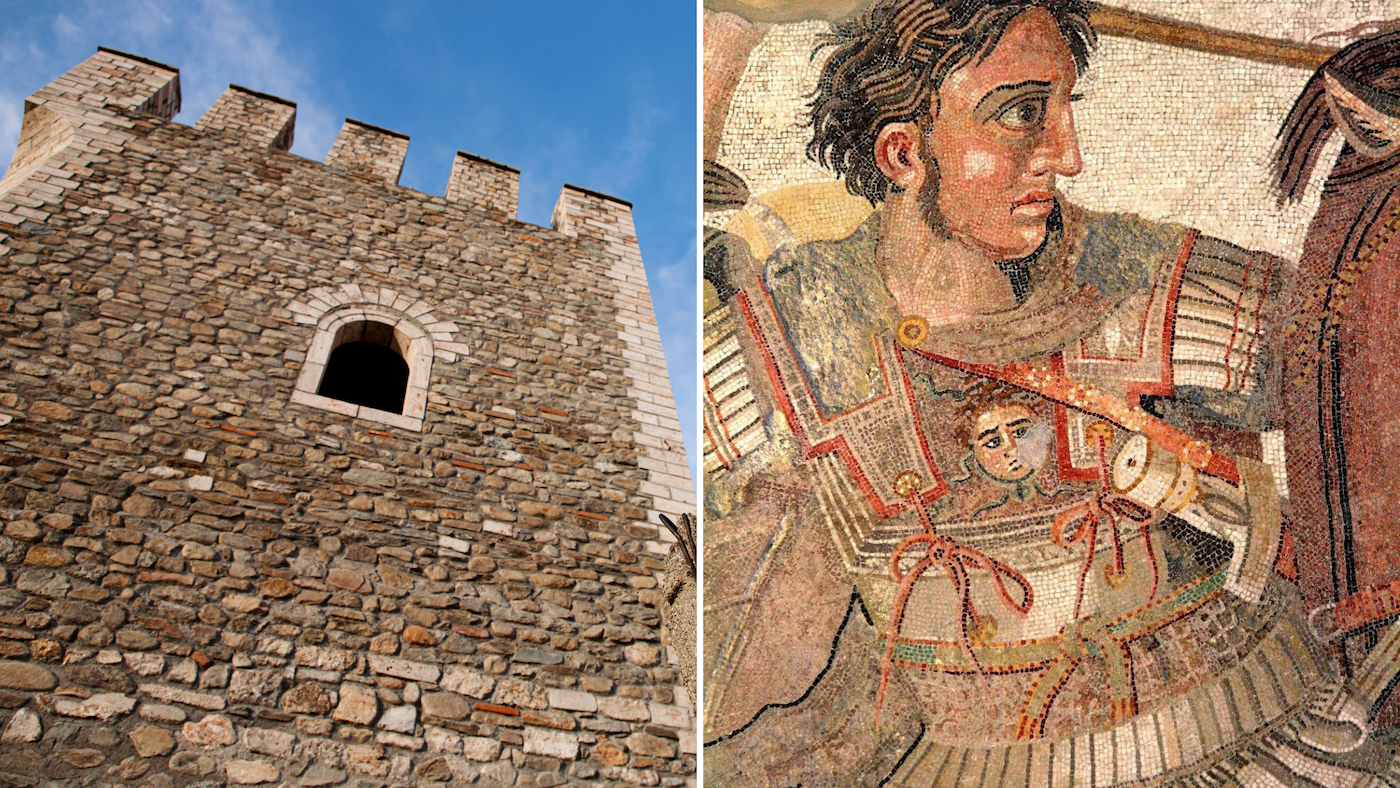
Tumba Madzari (Neolithic Settlements)
The Neolithic era of Macedonia is vividly represented in various settlements.
One such site is Tumba Madzari near Skopje, which showcases life in wooden houses, revealing much about early agricultural practices and societal structures.
These settlements provide an invaluable glimpse into the early farming and stock-breeding communities, pivotal in understanding human evolution.
The artifacts and remnants found here, including pottery and tools, reflect the sophistication and skills of these ancient communities.
Kokino Observatory
The Kokino megalithic observatory, near Kumanovo, stands as a remarkable testament to the astronomical knowledge of the Bronze Age.
Thought to be over 3,800 years old, this observatory was used for tracking the movements of celestial bodies.
Its strategic placement and design illustrate the ancient people’s understanding of astronomy and its significance in their religious and agricultural practices.
Trebenishte Necropolis
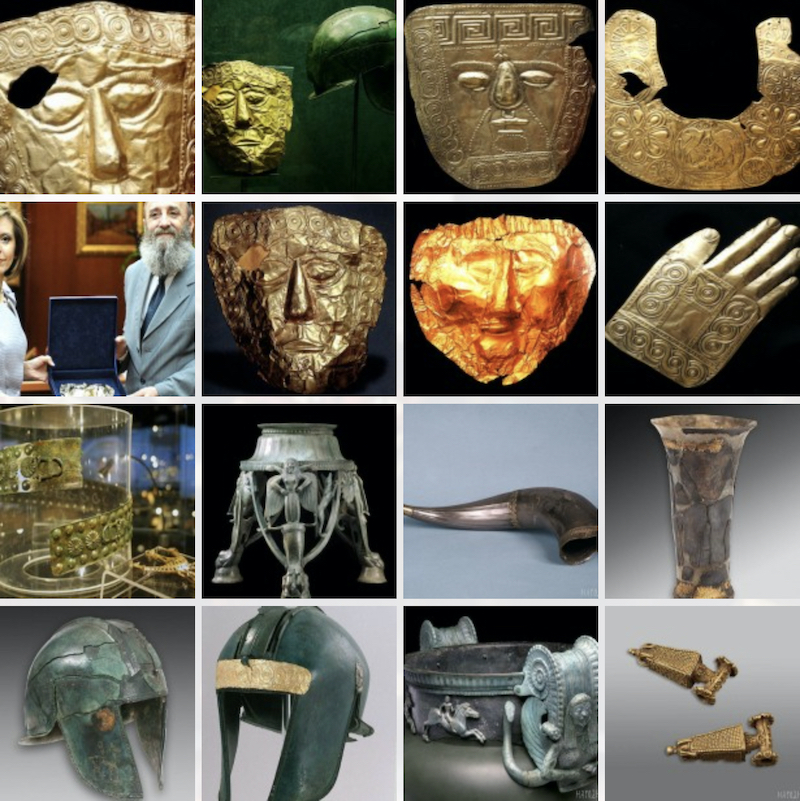
Near the serene shores of Lake Ohrid, the Trebenishte necropolis offers a glimpse into the opulence of ancient Macedonian royalty.
The site, dating from the 7th to the 4th century BC, is renowned for its “princely graves.”
The discovery of golden funeral masks and sandals here has provided invaluable insights into the burial customs and the luxurious lifestyle of the ancient Macedonian elites.
The Bay of Bones
The Bay of Bones is a remarkable reconstruction of a prehistoric pile-dwelling settlement situated on the shores of the stunning Lake Ohrid.
This site is an extraordinary window into the life and times of the people who lived in the region during the Bronze and Iron Ages.
The reconstruction, based on extensive archaeological research, consists of over 20 houses mounted on wooden platforms supported by wooden stakes driven into the lake bed.
Visitors to the Bay of Bones can walk through the settlement and experience a vivid representation of ancient life.
The site also includes a museum, which displays artifacts recovered from the waters of Lake Ohrid, including pottery, tools, and weapons, offering insights into the daily lives, craftsmanship, and trade practices of the people who once thrived in this region.
Heraclea Lyncestis
Near the modern city of Bitola, Heraclea Lyncestis, a city founded by Philip II, stands as a testament to the confluence of cultures in Macedonia.
Its well-preserved mosaics, theaters, and Roman-era ruins highlight the blend of Macedonian, Hellenistic, and Roman influences over time.
The site’s strategic location on ancient trade routes contributed to its rich cultural tapestry.
The Skopje Aqueduct
The Skopje Aqueduct is an architectural and engineering marvel, showcasing the advanced technological skills of its builders.
Although its origins remain somewhat mysterious, the aqueduct’s design and functionality are indicative of the sophisticated urban planning and public works of the time.
This impressive structure, with its grand arches, served as a vital water supply system for ancient Skopje.
Kale Fortress
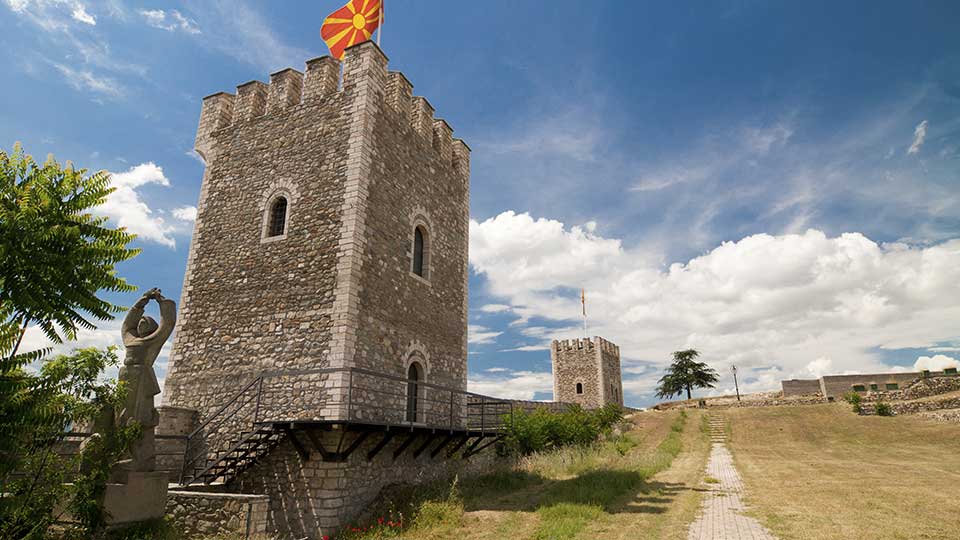
Kale Fortress, perched atop the highest point in Skopje, offers a panoramic view of the city and a deep dive into its historical narrative.
This historic fortress, dating back to the 6th century, stands as a symbol of Skopje’s resilience and strategic importance through various epochs.
While much of the fortress was reconstructed in the 10th and 11th centuries, its origins can be traced back to Roman and Byzantine times, reflecting the city’s long-standing significance in the Balkans.
The Stone Bridge of Skopje
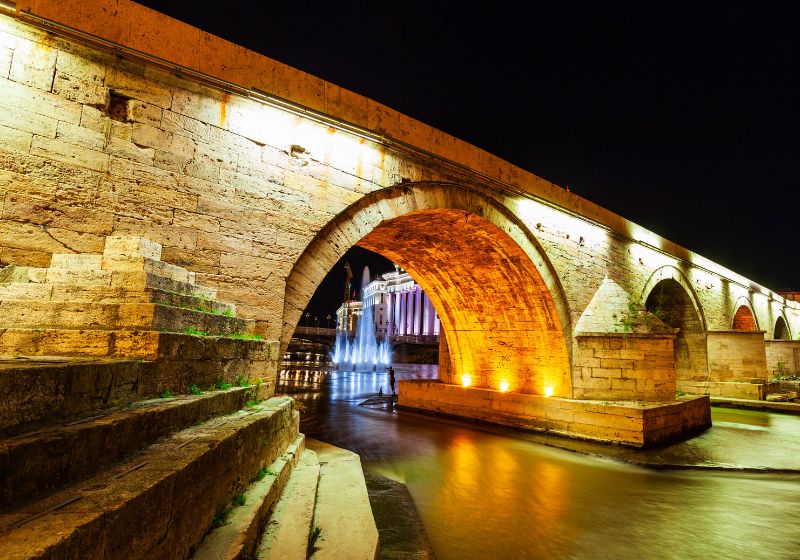
The infamous Stone Bridge, gracefully arching over the Vardar River, is an iconic landmark of Skopje and a symbol of the city’s connection between its historical past and modern present.
Believed to be built in the 15th century during the Ottoman period, the bridge has undergone several restorations while maintaining its original character and architectural essence.
This bridge has historically been a vital link for the city, connecting the old Ottoman bazaar on one side with Macedonia Square and the modern part of the city on the other.
Walking across the Stone Bridge is like traversing through time, offering views of both the traditional and contemporary facets of Skopje.
The bridge’s solid stone construction, with its 13 arches, not only testifies to the architectural prowess of its builders but also to the city’s rich cultural and historical tapestry.
The Museum of Archaeology of Macedonia in Skopje
The Museum of Archaeology in Skopje is a cornerstone for understanding Macedonia’s rich historical narrative.
Its extensive collection spans from prehistoric artifacts to medieval treasures, offering a panoramic view of the region’s past.
The museum’s exhibits, including ancient Greek and Roman artifacts, Byzantine icons, and royal Macedonian relics, provide a comprehensive understanding of the historical and cultural evolution of this fascinating region.
SN: The Museum of Archaeology, Kake Fortress, and Stone Bridge are all within walking distance of each other.
The Old Scupi (Skopje’s Ancient Heartbeat)
Scupi, an archaeological site located in Skopje, is a window into the Roman and early Byzantine periods.
Originally a Dardanian city, it later became a significant Roman town.
The ruins of Scupi, including a theater, baths, and basilicas, tell tales of its historical significance and the diverse cultural influences that shaped it.
The site provides invaluable insights into the urban development, architectural styles, and daily life of its ancient inhabitants.
Dion (in Modern Day Greece)
Dion, situated at the foot of Mount Olympus, was regarded as a sacred city by the ancient Macedonians.
The archaeological park here encompasses ruins of ancient theaters, sanctuaries dedicated to the Olympian gods, and a museum housing an array of statues and other significant artifacts.
This site, once a center of religious and cultural activities, provides an exceptional perspective on the spiritual life of ancient Macedonia.
Pella (in Modern Day Greece)
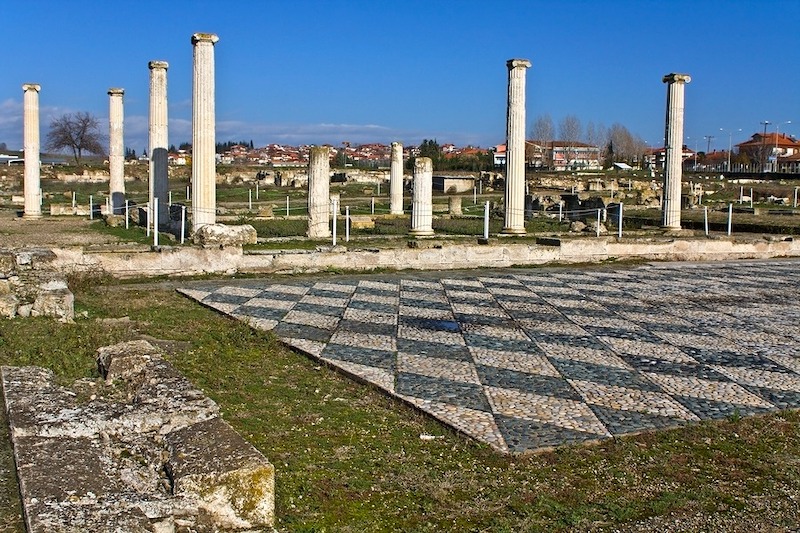
Pella, once the bustling capital of Macedonia and the birthplace of Alexander the Great, today offers a fascinating insight into the ancient world.
The city’s ruins, including the majestic palace complex and intricate floor mosaics, speak volumes about the artistic and cultural zenith during Alexander’s reign.
These mosaics, depicting scenes of hunting and mythology, are considered masterpieces of ancient art.
Aigai/Vergina (in Modern Day Greece)
Aigai, the ancient first capital of Macedonia, now known as Vergina, is a site of profound historical importance.
It houses the Royal Tombs, believed to include that of Philip II.
The discovery of these tombs has shed light on Macedonian burial rites and the regal opulence of the era.
The golden diadem and the weaponry found here are not only artifacts of immense value but also symbols of the power and artistry of ancient Macedonia.
This guide was first published on December 17, 2023 and was last updated on March 15, 2024. For more information, please contact us at contact@skopjeguide.com.